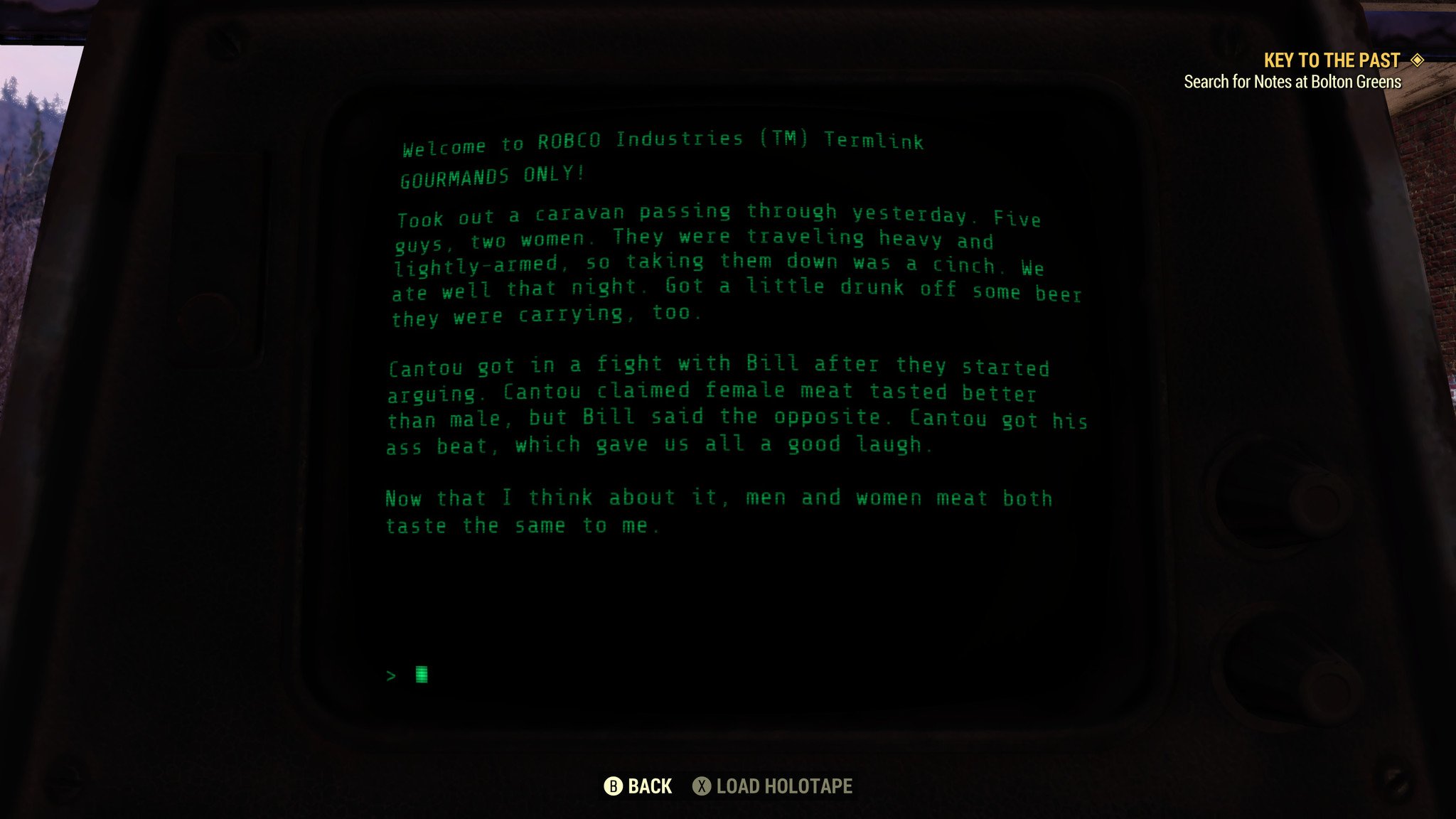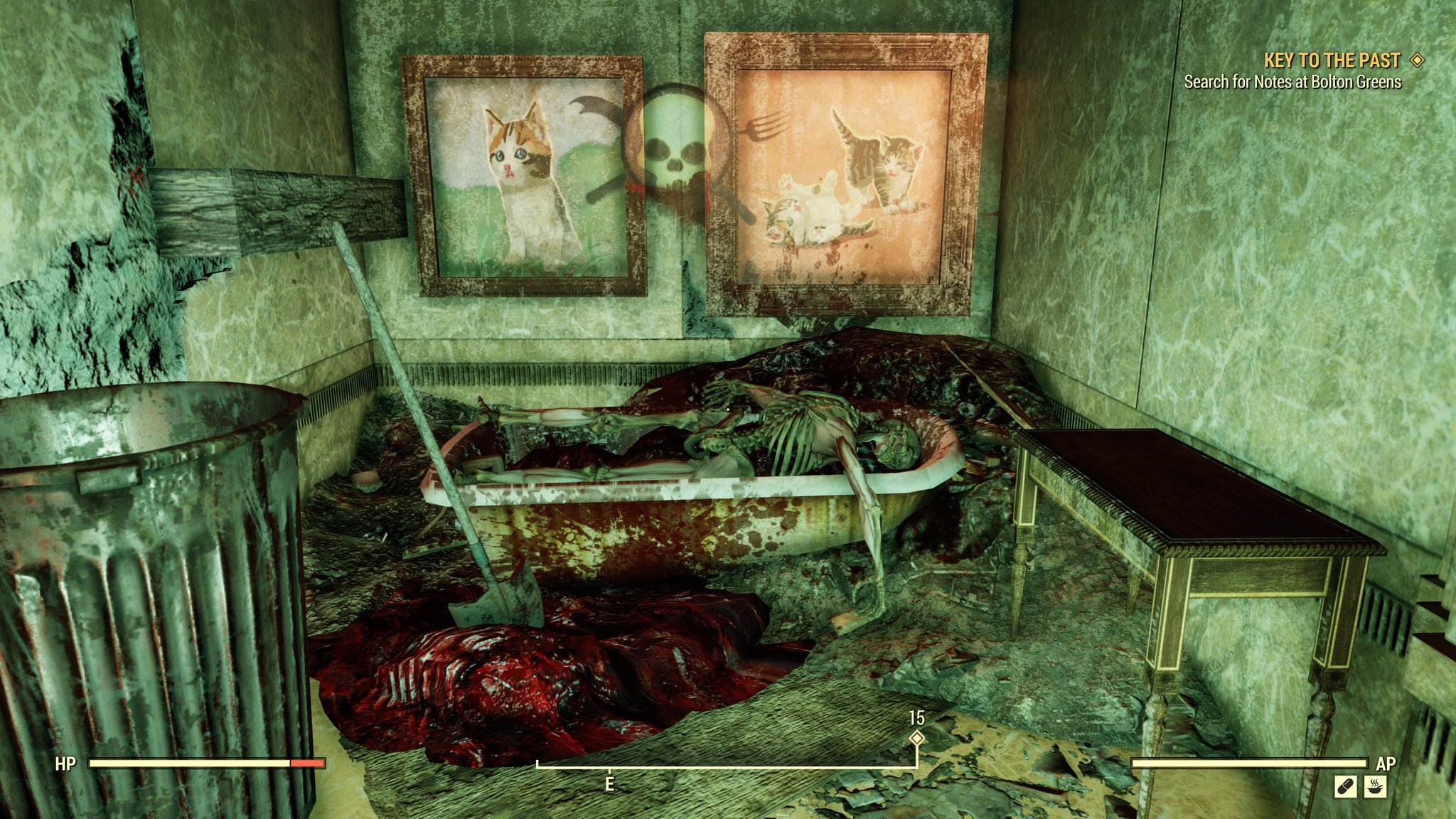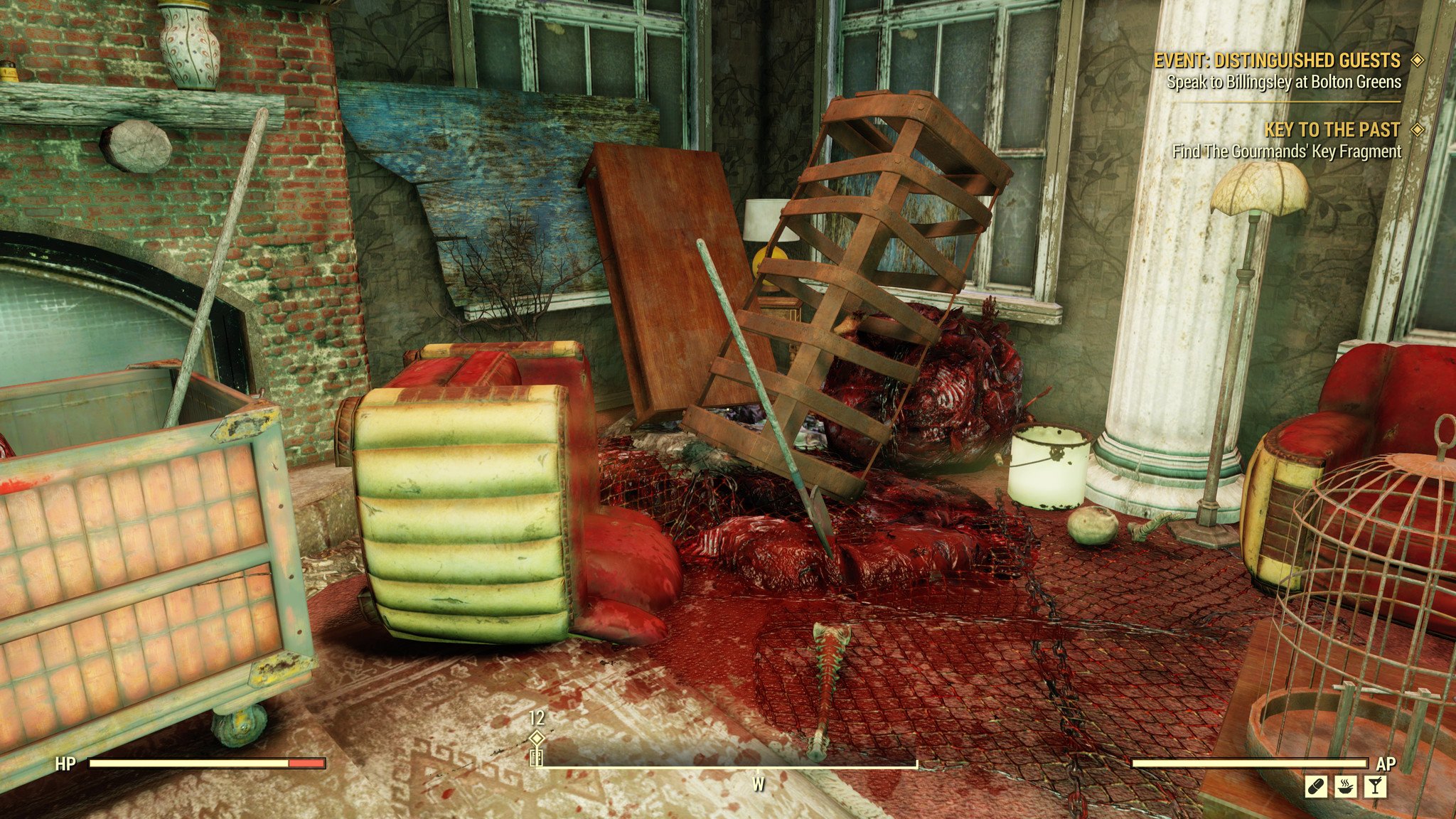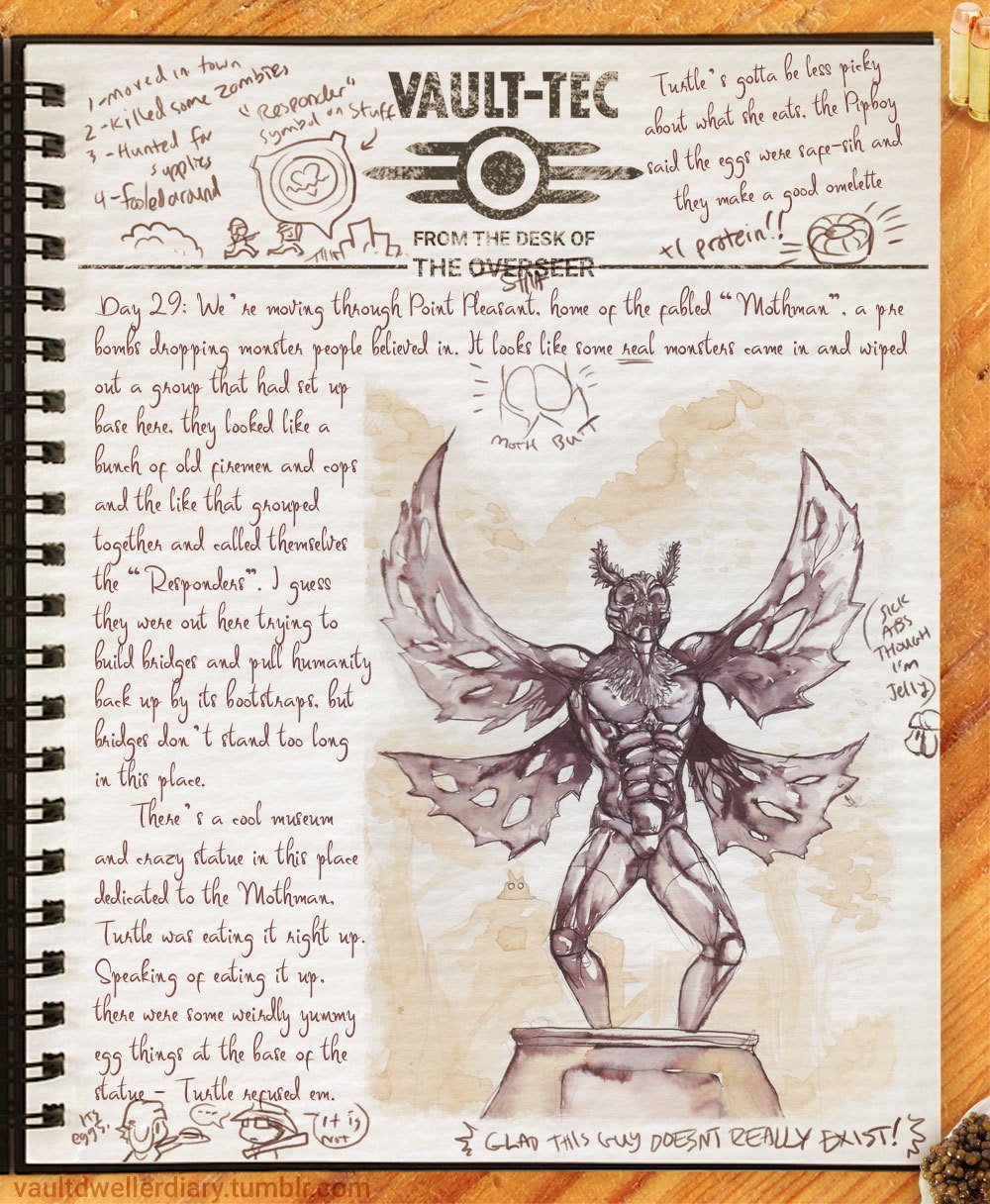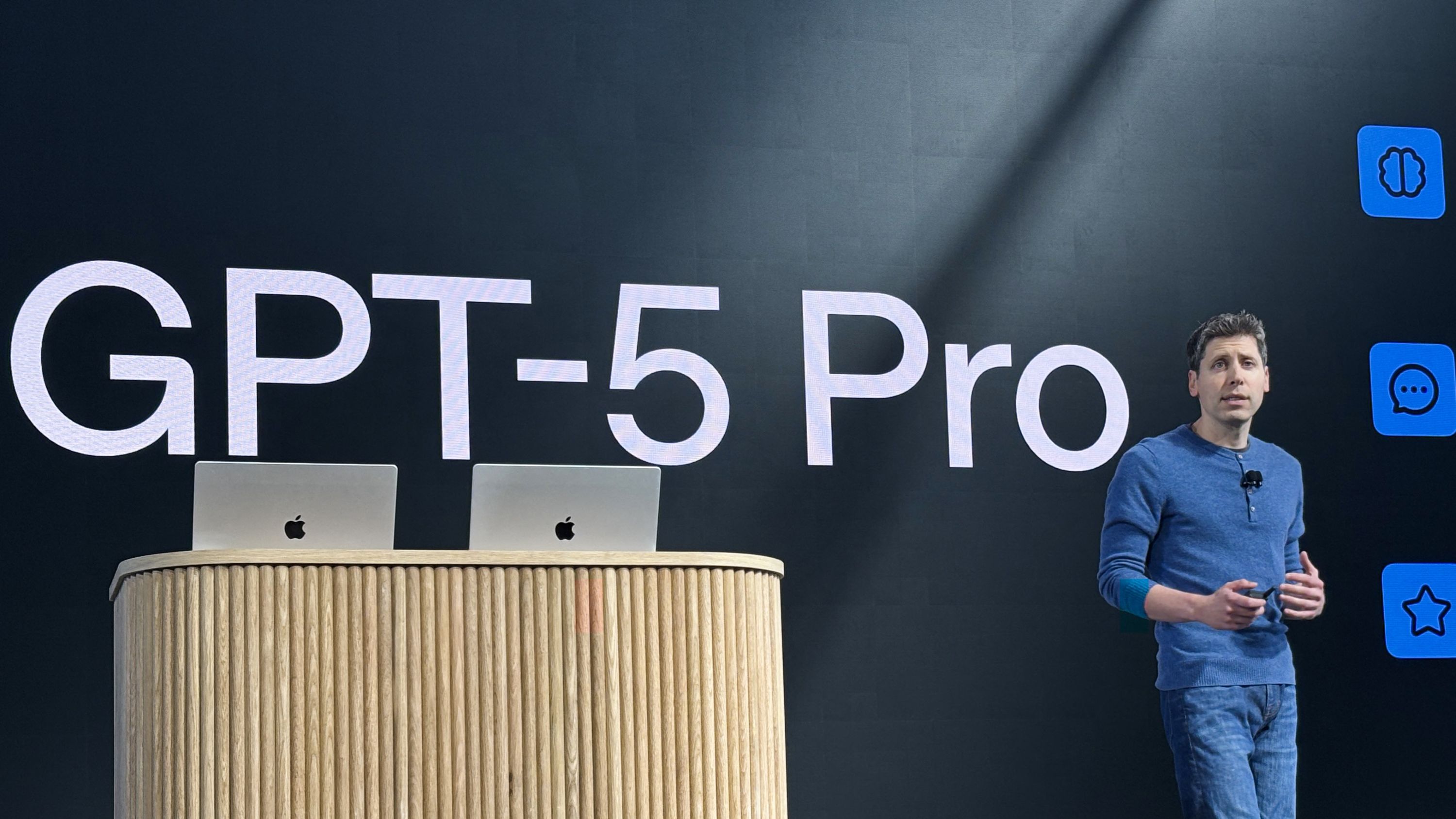Is Fallout 76 really as bad as everyone thinks?
Everyone says Fallout 76 is bad, but I can't stop playing it.

Of all the games released in 2018, Fallout 76 was arguably the most controversial. Taking the already-out dated Fallout 4 engine and slapping multiplayer on the top of it, Fallout 76 launched with a litany of problems, from systemic design issues to game-breaking bugs. I called it a "radioactive mess" in our review, and despite several large updates, it's still tough to recommend it.
Yet, I've been unable to stop playing it, and talking about it, and thinking about it. And it makes me feel a little dirty. I was among those that kind of liked the idea of a multi-player Fallout 4, and that's ultimately what Fallout 76 is, complete with flipped assets, recurring bugs, and a virtually-unchanged engine.
Many Fallout fans feel insulted by Fallout 76, and I'm not here to claim they shouldn't be. $60 for a game that has this many issues is a tall order, particularly when you consider Bethesda was effectively charging for the privilege to test the game, as part of a pre-order bonus. Perhaps next time, have a real beta test, yeah?
In any case, I'm not here to go through all the problems the game has. You can read our review for that. Instead, I'm here to get it out of my system; the things I personally really enjoy about Fallout 76.
Farming 76
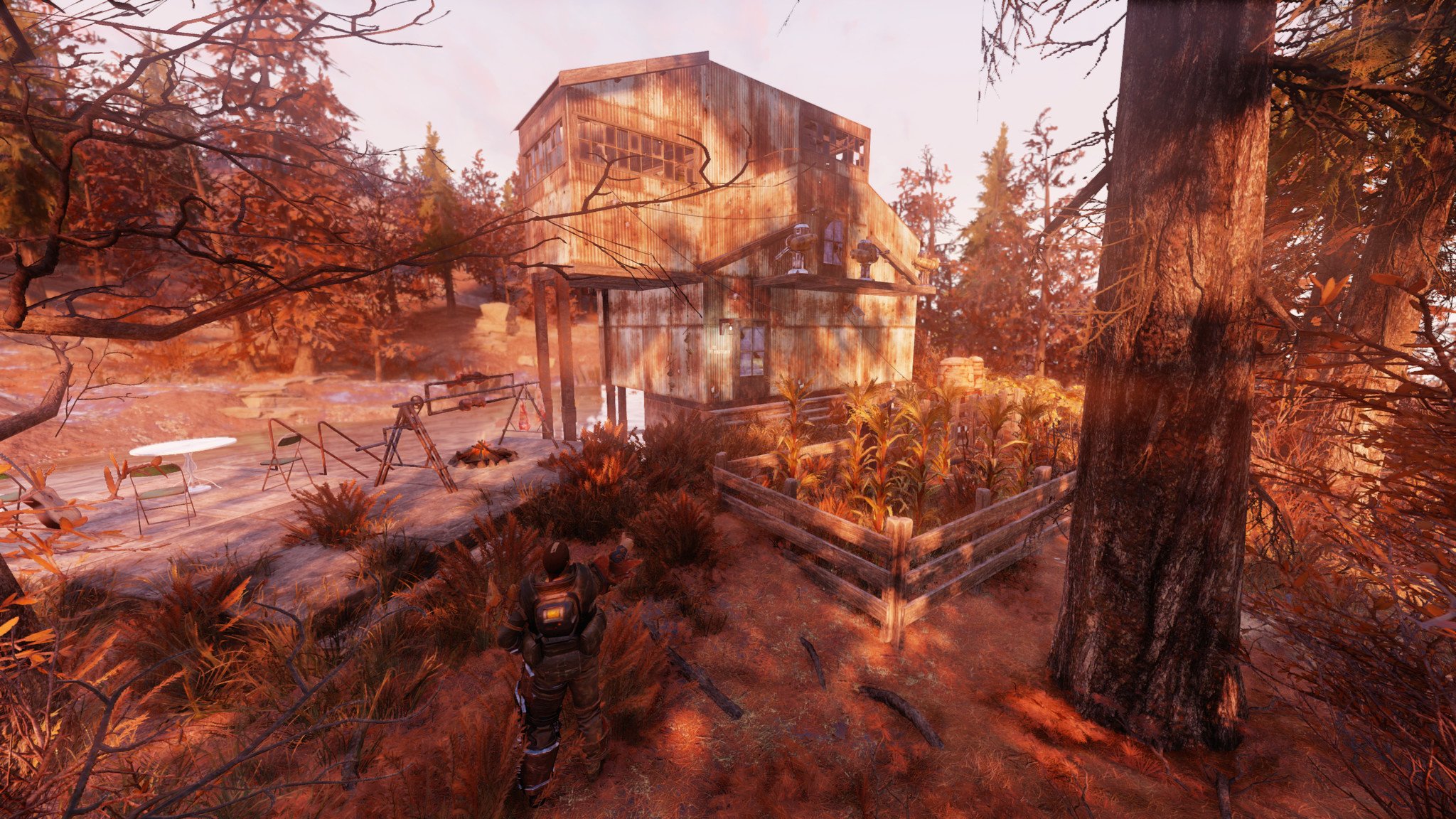
Ultimately, the things I like about Fallout 76 stem from other games that I've begun enjoying more and more over the past couple of years, namely Stardew Valley, Minecraft, Conan Exiles, and No Man's Sky. Fallout 76 brings across one of my favorite features from Fallout 4, namely the base building mechanics, complete with post-apocalyptic farming, crafting, and scavenging. If you hated this in Fallout 4, there's absolutely nothing about how it works in Fallout 76 that'll make you enjoy it, at least for now, that is.
It scratches that creative itch for me, in a way games like No Man's Sky and Minecraft also do very well.
I've spent dozens of hours finding the perfect location for my apocalyptic bunker, making sure it's equidistant to important areas on the map, like vendors and major quest locations, while ensuring it's defensible from randomly-spawning bands of monsters and mutants. Painstakingly figuring out the most optimal elevation for turrets, making sure each corner of the base is defended, as well as my all-important mutant crops, is the kind of passive, hypnotic gameplay I've come to appreciate more and more as I've gotten busier and busier.
It's somehow relaxing and nostalgic at the same time, a throwback to a simpler time, building dens in the local wood as a kid. It also scratches that creative itch for me, in a way games like No Man's Sky and Minecraft also do very well.
All the latest news, reviews, and guides for Windows and Xbox diehards.
The difference between Fallout 76 and other titles is that the blueprints required to build interesting C.A.M.P.s (as they're called in game) are ultimately tied to its wasteland-survivor gameplay. Plans can spawn anywhere, and everywhere, pretty much, with a higher-chance to appear in end-game content. Scavenging a seemingly innocuous building and finding a plan for a powered garage door, for example, is almost as exciting in Fallout 76 as finding a legendary weapon with perfect affixes. Almost, at least.
I utterly appreciate that this sort of gameplay isn't for everyone, but it's something I'm personally fond of. The C.A.M.P. mechanics in Fallout 76 are far more restrictive than they are in Fallout 4, however, lacking many of the more interesting buildings found throughout 4's various DLC. Also, the fact you can't add NPCs or build truly huge structures like in Conan Exiles is a bit of a drag, but I have to assume expanding these features is on the agenda for Bethesda. It's widely expected, for example, that players will be able to set up their C.A.M.P.s as makeshift vendors to help out other players.

There's a lot of interesting C.A.M.P. dynamics that could come into play in Fallout 76, given its multiplayer nature. Perhaps players could merge their C.A.M.P. budgets together, to build larger bases. Perhaps Bethesda will add the ability to build underground vaults, or craft PvP arenas, Mad Max Thunderdome style. The "softcore" survival gameplay nature of Fallout 76 makes buildings a little more permanent than they are in some other games, a fact that could lend itself well to more dynamic player interaction.
It's valid to argue that Bethesda should've fleshed these systems out more for launch, rather than later on, but either way, I'm pretty excited to see where they take it.
Soft story-telling
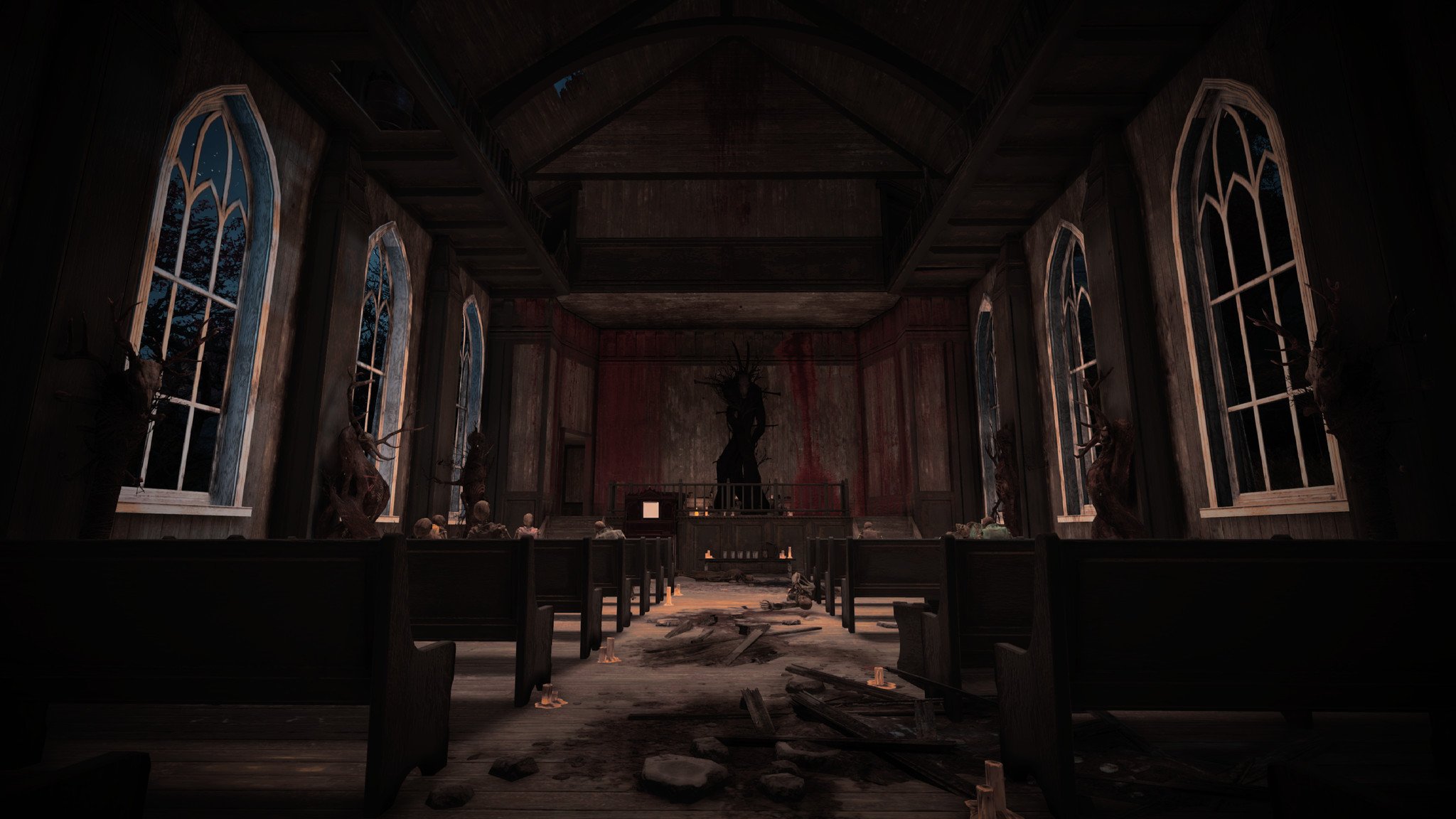
One of the biggest criticisms leveraged at Fallout 76 pertains to its story-telling, or apparent lack thereof. Fallout 76 has no human NPCs, it has no branching narrative, no story decisions, and no player dialogue. It feels like a huge step backwards from Fallout 4, which itself felt like a step backwards from Fallout 3 and New Vegas. And yes, there are questions about whether or not Fallout 76 plays fast and loose with established timeline lore.
If you're willing to accept Fallout 76's story for what it is, it might surprise you.
You could argue that having a deep and involved story wouldn't make much sense in a multiplayer game, leading to its omission. Oddly enough, Bethesda has still included quite a deep, interweaving story within the game, that requires a lot of player involvement.
Given the fact it's delivered via audio holotapes and often very sizable text entries, I feel like it's just as difficult to digest in multiplayer as cutscenes would have been, requiring everyone in the group to either ignore the story, or stop to read and listen. That said, those that do take the time to dive down the rad-rabbit hole of Fallout 76's story will find it interesting.
Fallout 76's West Virginian landscape is completely devoid of human life. Taking place some years before any other Fallout game, you emerge from the nuclear bunker "76" as part of "Reclamation Day." Vault 76 was primarily stocked with scientists, engineers, and other "cream of the crop" humans destined to help repopulate and rebuild after a global thermonuclear war. What you find, as you emerge, is a landscape dotted by radioactive mutants, malfunctioning robots, abandoned raider outposts, and dead cannibals.
Retracing the steps of the first post-war societies has been, ironically, some of the most gripping storytelling I've experienced this year, personally. While I yearn for a true "RPG"-style story delivery in the vein of Fallout New Vegas (yo, The Outer Worlds), retracing the steps of Fallout 76's absent characters, finding their personal effects, scrapped journal pages, and often, corpses has been a surprisingly immersive experience. There are literally hundreds and hundreds of stories and characters hinted at out in the wastes, and a surprising number of them have overlapping tales, reminiscent of 2017's Prey.
I don't want to spoil too much, but one quest chain follows a radio-drama actress and her family who survive the initial catastrophe, only to discover a violent, irradiated world waiting for them on the other side. Shannon Rivers, training for the switch from radio to TV, began utilizing her action-heroine martial arts skills to protect locals from raiders, and raise orphans with the skills and tools to defend themselves. Following mission boards in their abandoned hideout, you retrace years of the sisterhood's trials and tribulations against nearby raider factions, who, for a time, were the valley's greatest threat. The ending of this mission was surprisingly evocative, despite being delivered entirely through recordings and other clues left behind by the characters.
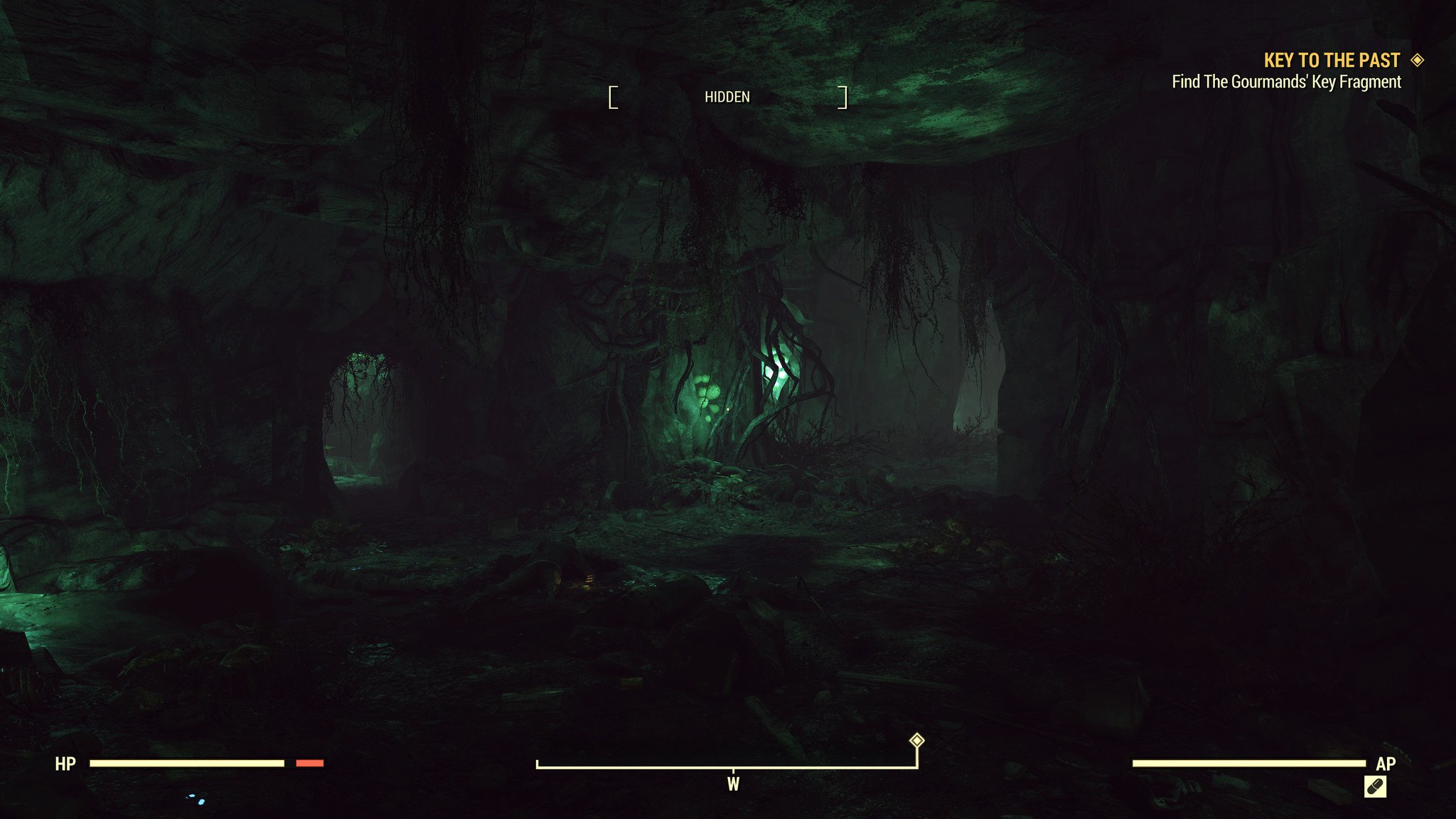
Additionally, the way Bethesda worked to incorporate popular West Virginian myths and folklore into the game has made for some truly memorable moments. Some of the most noteworthy creatures include the Grafton Monster, the Mothman, and the Snallygaster, all based on various American folktales. However, it's the Flatwoods Monster that struck me as particularly creepy.
As a kid, I was pretty obsessed with UFOs and alien conspiracy folklore. The Flatwoods Monster was a reported close encounter from the 1950s, well-known among UFO enthusiasts. Stalking through the woods in Fallout 76 one day, I saw a flash of purple out of the corner of my eye, along with some low grunting sounds. Flanked by spooky music, the Flatwoods Monster appeared in the distance, stared at me, then promptly vanished in an electrical flash, pretty much mimicking the original real-world report. It was an incredible moment, especially considering I had no idea this thing was even in the game.
Messing around in Adobe Rush for an article, but had this creepy af encounter with the Flatwoods Monster in #Fallout76 ... kinda visceral as a dude who was obsessed with UFOs/alien reports as a kid. pic.twitter.com/LfGosreYyoMessing around in Adobe Rush for an article, but had this creepy af encounter with the Flatwoods Monster in #Fallout76 ... kinda visceral as a dude who was obsessed with UFOs/alien reports as a kid. pic.twitter.com/LfGosreYyo— Jez (@JezCorden) December 28, 2018December 28, 2018
As someone who found Fallout 4's story to be a bit lacking, I was pretty surprised to find myself actually getting more out of Fallout 76's lonely, interweaving journey. Many of these tales felt almost like those artistic walking simulators that emphasise world building and passive narrative over big-budget delivery. If you're willing to accept Fallout 76's story for what it is, it might surprise you.
The Fallout 76 community
The Fallout 76 community across Reddit and other sites has shown a wealth of creativity and good humor about the game, while not shying away from criticizing the areas that desperately need improvement.
One of my favorite subreddits, besides the main one, has been the Fallout 76 Creations subreddit, where players show off their buildings, art work, and stories from across the Appalachia wasteland. The Tales from Appalacia subreddit has also made for some fun reading.
In particular, the Fallout 76 journal being put together by u/Shia_Drunkfu (pictured) has been great to see develop. Be sure to check out the full story at their Tumblr page.
Fallout with friends
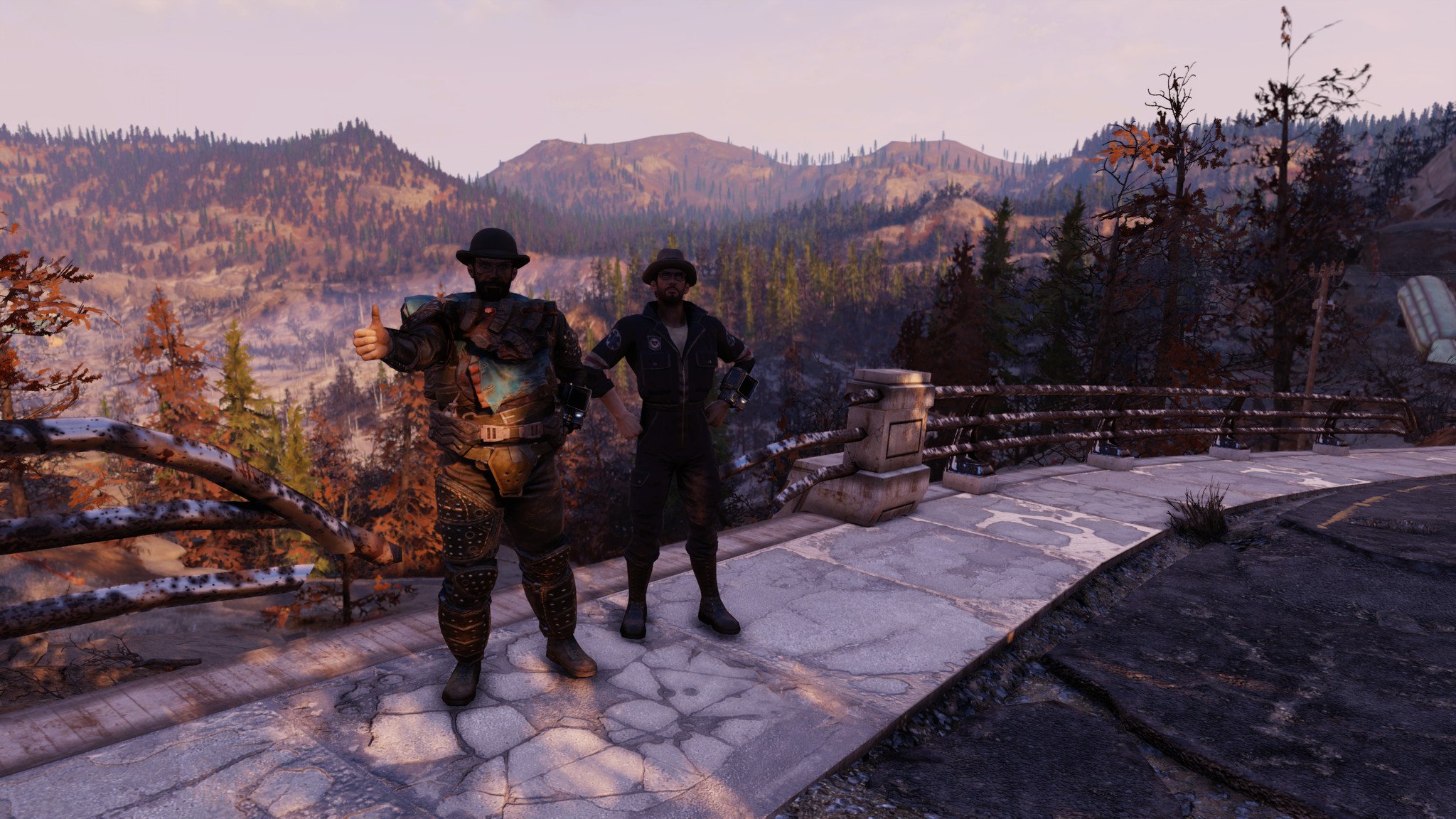
Bugs and broken stuff aside (and oh my god, that's a lot to brush aside), it still feels intrinsically Fallout to me, from a gameplay perspective. I openly admit that I played Fallout 3 before I played Fallout 1 and 2, but like many, Fallout 3 and New Vegas are two of my favorite games of all time with hundreds upon hundreds of hours across both titles. The things I enjoyed about those games, violent shooting, stealth scavenging, in a huge handcrafted open-world remain fun in '76.
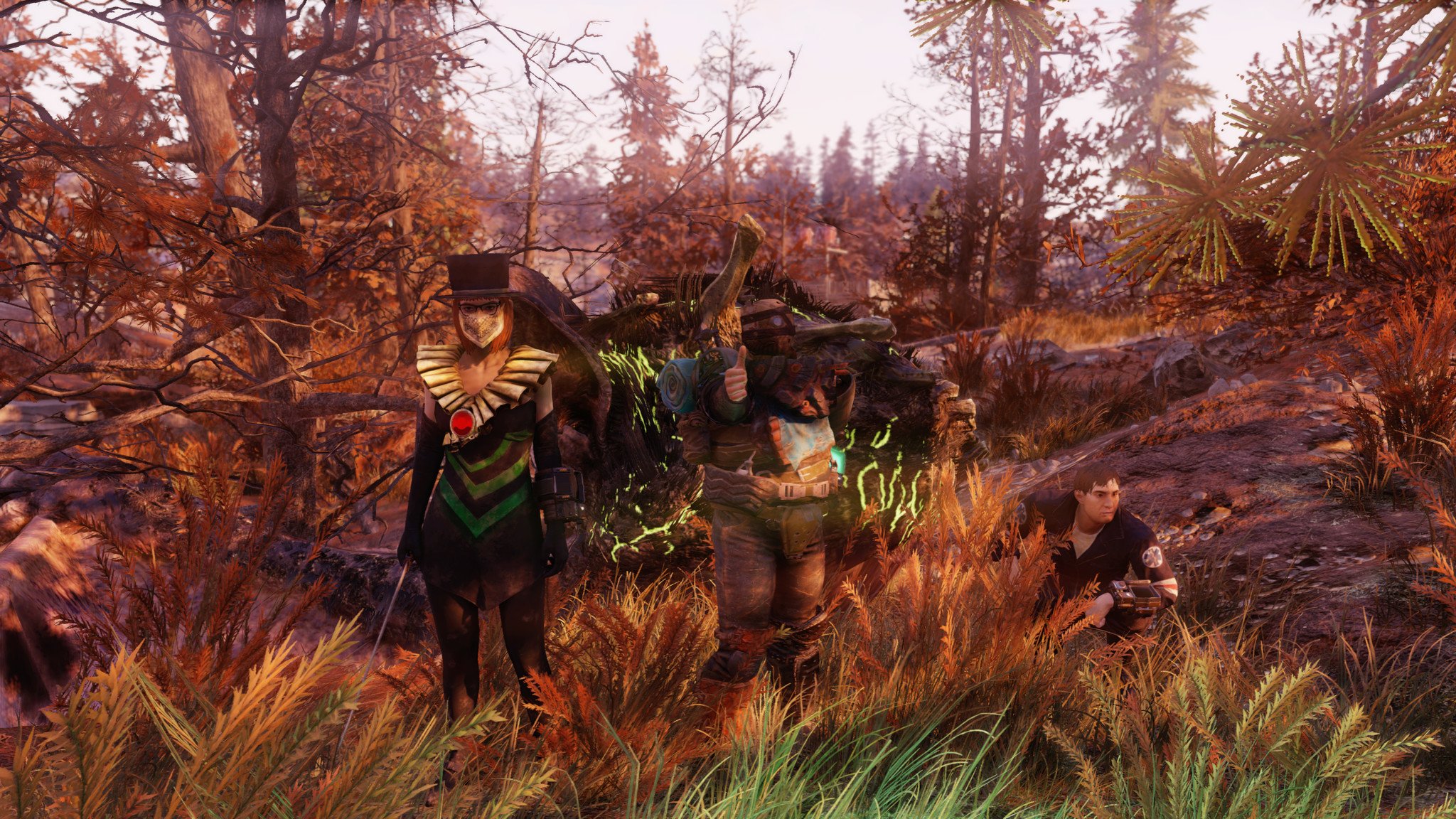
Slapping Fallout 4's engine online does come with drawbacks, of course. Many physics-based weapons like the Railway Rifle don't impale enemies as you might expect, and dismemberment seems to have been reduced, perhaps to reduce server load. For every compromise that exists in Fallout 76, it's offset by the fact you can work together with your friends to take down huge monsters like the Scorchbeast Queen, launch nuclear missiles and decimate huge areas of the map, just generally explore, all while killing your way up the radioactive food chain.
They say multiplayer makes every game better, and given how rough Fallout 76 is, that's certainly true in this instance.
Fallout future
I don't know what the future holds for Fallout 76. It has certainly become a bit of a punching bag (much of it self-imposed by Bethesda), and it continues to court controversy with its overly expensive cosmetic shop, continuing bugs and server problems, and other issues that are only just coming to light as the game's most dedicated players reach the end game.
I'm still excited for the potential that exists in the game. Fallout 76 has a few "Inaccessible" locations that are almost certainly placeholders for expansion content, and Bethesda has been issuing large patches very frequently, with near-weekly community updates that focus on the biggest feedback points. I'm not apologizing for them, though.
With regards to Fallout 5, Elder Scrolls VI, and Bethesda's teased Starfield, hopefully they'll take the drama surrounding Fallout 76 as a warning that, no, they can't ship games in this state moving forward. Despite everything that frustrates me about it, Fallout 76 will likely remain in my online rotation for the foreseeable, I just hope that Bethesda can fix the major problems so that maybe more people will give it a chance, and find the same joy that I have had.

Jez Corden is the Executive Editor at Windows Central, focusing primarily on all things Xbox and gaming. Jez is known for breaking exclusive news and analysis as relates to the Microsoft ecosystem while being powered by tea. Follow on Twitter (X) and tune in to the XB2 Podcast, all about, you guessed it, Xbox!
